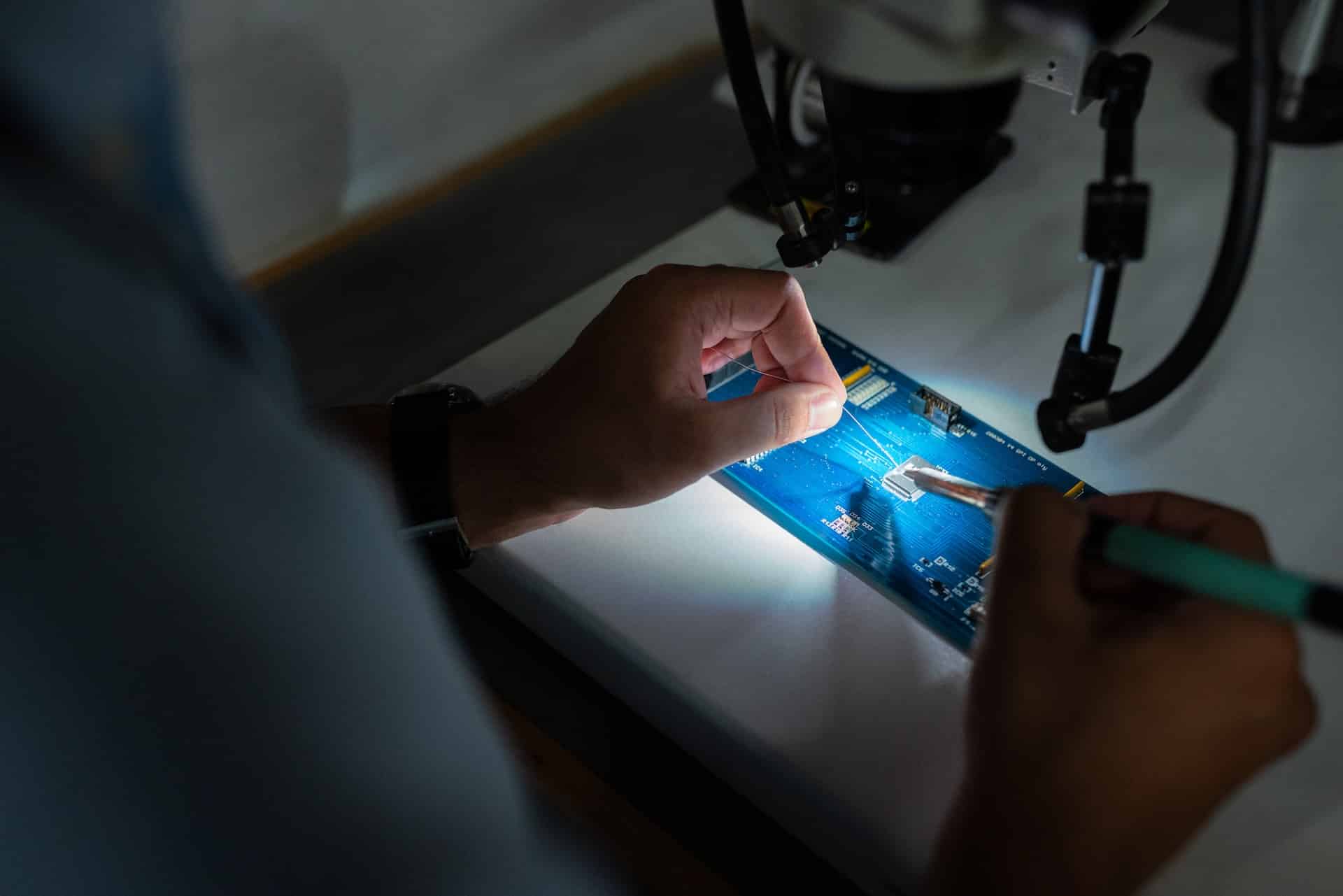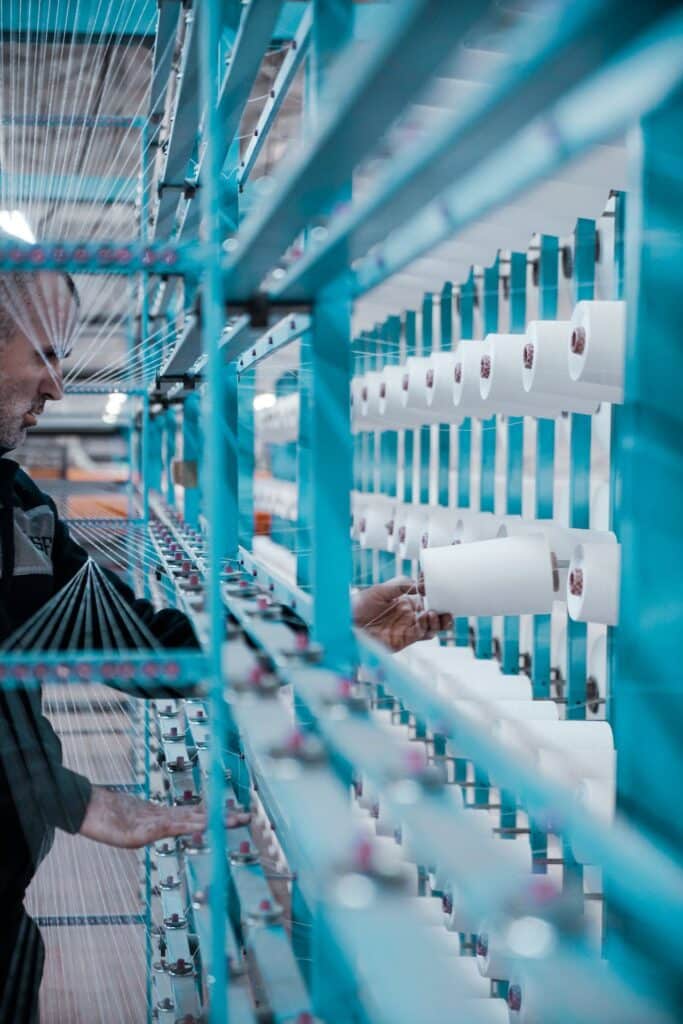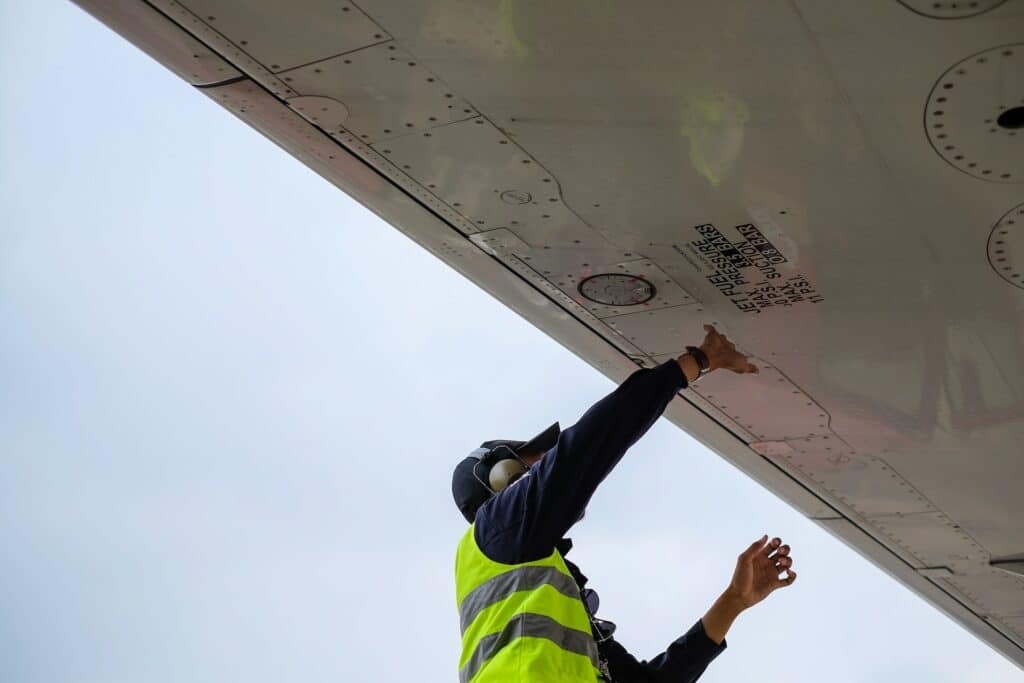Corrective maintenance: how to improve it?
What is the role of corrective maintenance? And what are the strategies for improving it and boosting industry performance?

In an industrial world where every second counts, corrective maintenance plays a crucial role in the management and performance of industrial equipment. Often perceived as an urgent response to breakdowns, corrective maintenance is a winning strategy for minimizing downtime and maximizing productivity. How can you improve it to turn this necessity into an asset for your company?
Understanding corrective maintenance
Definition and importance of corrective maintenance
Corrective maintenance is a crucial intervention in the industrial sector, triggered by the detection of a failure, breakdown or anomaly. It is essential for :
- Ensuring continuity of operations: fast, effective corrective maintenance is vital to minimize production downtime.
- Ensuring safety: faulty equipment can pose safety risks. Prompt corrective action prevents accidents.
- Maintaining product quality: well-maintained equipment guarantees the quality and conformity of finished products.
The challenges of corrective maintenance
Although necessary, corrective maintenance presents a number of challenges if it is to be continuously improved and fully successful.
The first challenge concerns the speed of intervention: we need to react quickly to reduce downtime in the event of a breakdown.
Secondly, corrective maintenance must be combined with accurate initial diagnosis. Correctly identifying the source of the problem is the key to effective repair.
Finally, the aim is to reduce the impact on production while ensuring sustainable repair.
For example, in a power plant, a turbine malfunction can lead to a significant drop in energy production. The challenge here is to diagnose the cause of the failure quickly and accurately, so as to carry out an effective repair, while minimizing the impact on the energy supply.
The role of corrective maintenance
Examples of corrective maintenance in industry
Corrective maintenance, although often seen as a simple response to breakdowns, plays a crucial role in industry. Here are a few examples of concrete applications:
- Emergency repairs: rapid intervention in the event of a breakdown is necessary to minimize downtime. For example, replacing a faulty part on a production line.
- Accurate diagnosis: rapid and accurate diagnosis is essential to identify the cause of the fault and carry out the necessary repairs. The use of advanced technologies can help detect problems before they become critical.
- Downtime management: plan repairs efficiently to reduce the impact on production.
For example, in a water treatment plant, the detection of an anomaly in a pump's vibration levels can lead to immediate corrective action, such as the replacement of worn components, thus avoiding a major breakdown and guaranteeing continuity of operations.
Reduce the need for corrective maintenance
To be effective, corrective maintenance must be combined with proactive measures to reduce the frequency of breakdowns. Regular maintenance enables problems to be identified and resolved before they become major failures.
Regular checks and maintenance can extend the service life of machines and equipment. These preventive measures also enable better resource planning, reducing costs and unforeseen disruptions.
Corrective maintenance therefore enables companies not only to save on repair costs, but also to improve the overall efficiency of their operations.
What strategies are needed to improve corrective maintenance?
Efficient resource planning
Good preparation involves the availability of spare parts and in-depth knowledge of the equipment. Indeed, the key to successful corrective maintenance lies in careful planning and preparation. This implies not only an adequate stock of spare parts, but also in-depth knowledge of the equipment.
For example, in an automotive plant, effective spare parts inventory management can significantly reduce downtime during breakdowns. In addition, detailed manuals and equipment databases enable technicians to identify problems quickly and act proactively. Rigorous planning, combined with a good knowledge of systems, ensures greater responsiveness and optimum efficiency during corrective action.
Using technology to anticipate breakdowns
The integration of advanced technologies such as the Internet of Things (IoT) and Artificial Intelligence (AI) is revolutionizing corrective maintenance. These technologies make it possible to predict breakdowns before they occur, thus optimizing interventions.
For example, in the energy sector, using IoT sensors to monitor the condition of wind turbines can predict potential failures, enabling corrective intervention before a major breakdown occurs. Similarly, AI can analyze historical and current data to identify trends and predict maintenance requirements, reducing unplanned downtime and improving equipment reliability.
Technician training and skills
Technician skill and training play a crucial role in the effectiveness of corrective maintenance. Well-trained technicians are able to diagnose problems quickly and carry out effective repairs.
In the aeronautics industry, for example, specialized corrective maintenance technicians are trained to quickly identify and resolve technical problems on aircraft, ensuring safety and minimizing delays. Ongoing training and certification of technicians not only ensures quality corrective maintenance, but also contributes to the continuous improvement of processes and skills within the company.
Properly managed, corrective maintenance can become a major performance driver for your company. With AMEG Group's expertise, you can benefit from tailor-made solutions to improve your corrective maintenance and propel your company to new heights of reliability and efficiency. Contact us for more information.




